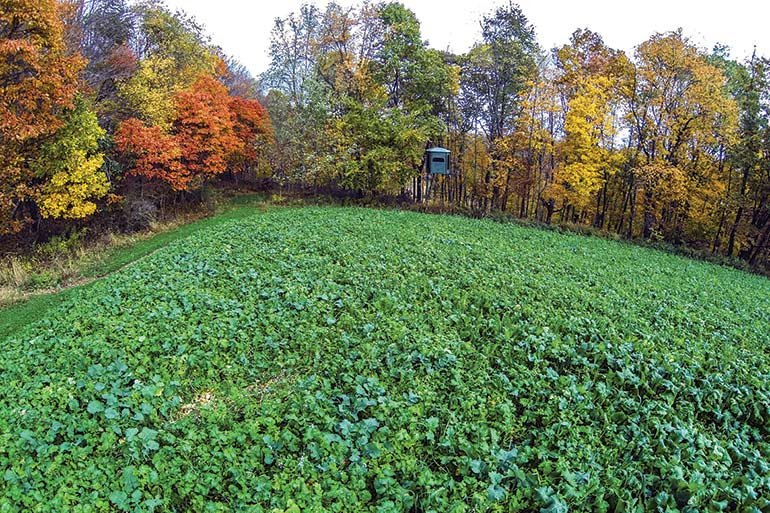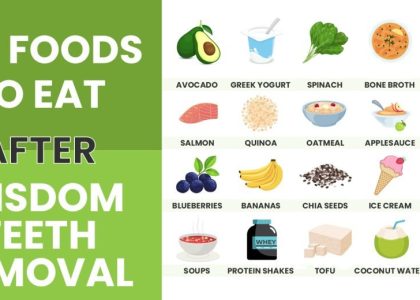Late summer to early fall is the optimal time for planting deer food plots. These plots provide essential nutrition for deer and enhance your hunting area. Timing is crucial for successful establishment and maximum deer attraction. Consider factors like climate and local deer habits when deciding when to plant deer food plots. Preparing in advance ensures a bountiful harvest and a thriving deer population on your property.
When to Plant Deer Food Plots: A Complete Guide for Nature Lovers
Welcome, fellow nature enthusiasts! If you’re keen on attracting deer to your land or simply fostering a healthy ecosystem, planting deer food plots is a fantastic way to achieve your goals. However, knowing when to plant these food plots is crucial for their success. In this comprehensive guide, we will delve into the best times to plant deer food plots, considering factors like seasons, weather conditions, and deer behavior. So, grab your gardening gloves and let’s explore the world of deer food plots together!
The Importance of Timing
Before we jump into specific timelines for planting deer food plots, let’s understand why timing is essential. Deer, like many other animals, have specific dietary needs throughout the year. By planting food plots at the right time, you can ensure that deer have access to nutritious food sources when they need them most. This not only benefits the deer population but also enhances the overall biodiversity of your land.
Spring Planting
Spring is a wonderful time to plant deer food plots, especially in regions where the ground thaws early and there is sufficient rainfall. Planting in spring allows the seeds to germinate and establish before the hot and dry summer months. This timing provides deer with a fresh and lush food source during the critical growing season.
Early Spring
Early spring, just as winter gives way to warmer weather, is an ideal time to start preparing your deer food plots. Clearing the land, testing the soil, and choosing the right seeds are essential steps to take during this period. By getting an early start, you give your food plots a head start in growth.
Mid to Late Spring
As spring progresses and temperatures rise, you can begin planting your deer food plots. Make sure to monitor weather forecasts and soil conditions to ensure optimal growth conditions for the seeds. Deer are particularly active during spring as they seek nutrient-rich foods to recover from the winter months and prepare for the breeding season.
Summer Maintenance
While summer is not typically the best time to plant deer food plots due to the heat and potential lack of rainfall, it is crucial for maintaining the plots you established in spring. Regular watering, weeding, and fertilizing can help your food plots thrive during the summer months, providing deer with a reliable food source even in dry conditions.
Watering
During hot summer days, be sure to water your deer food plots regularly, especially if there is no significant rainfall. Deer rely on moisture-rich vegetation for hydration, so keeping your food plots well-watered can attract deer to your land even in the driest months.
Weeding and Fertilizing
Summer is also an excellent time to weed your food plots and apply fertilizer if necessary. Weeds can compete with the desired plants for nutrients and sunlight, so removing them ensures that your deer food plots remain healthy and productive. Fertilizing can further boost the growth of your food plots, providing deer with a more nutritious food source.
Fall Planting
As summer transitions into fall, it’s time to start thinking about planting deer food plots for the upcoming winter months. Fall planting is crucial for providing deer with essential food sources during the colder season when natural forage may become scarce. Additionally, fall planting allows the food plots to establish before the first frost sets in.
Early Fall
Early fall is an excellent time to plant cool-season crops in your deer food plots. These crops, such as clover, brassicas, and winter wheat, are highly nutritious and can withstand colder temperatures. By planting in early fall, you give these crops time to grow and become established before winter arrives.
Mid to Late Fall
As fall progresses and temperatures continue to drop, consider planting additional food plots with winter-hardy crops. These crops will provide deer with sustenance when other food sources are scarce. Keep an eye on deer activity in your area to ensure that the food plots are well-utilized by the local deer population.
Winter Considerations
While winter may not be the typical planting season for deer food plots, it is essential to monitor the existing plots during this time. Snow cover can make natural forage inaccessible to deer, making your food plots even more critical for their survival. Ensure that the plots are well-maintained and continue to provide a reliable food source for deer throughout the winter.
Planting deer food plots at the right time is key to supporting a healthy deer population and enhancing the biodiversity of your land. By understanding the seasonal needs of deer and choosing the appropriate crops for each time of year, you can create a thriving ecosystem that benefits both wildlife and nature lovers alike. So, plan your planting schedule wisely, and watch as deer flock to your food plots in search of nourishment and sustenance. Happy planting!
Remember, creating a sustainable environment for deer requires careful planning and consistent maintenance of your food plots. By following the guidelines outlined in this article, you can ensure that your deer food plots flourish throughout the year, providing essential nutrition for these majestic creatures. So, roll up your sleeves, grab your gardening tools, and get ready to make a positive impact on the deer population in your area!
What Food Plots & When should You Plant Them!
Frequently Asked Questions
What is the best time to plant deer food plots?
Deer food plots should typically be planted at specific times depending on the region and climate. In most areas, planting in late summer or early fall is ideal as it allows the plants to establish before winter and provide food during the hunting season. Some regions may benefit from planting in the spring as well.
How can I determine the right timing for planting deer food plots?
To determine the best timing for planting deer food plots, consider factors such as the climate, hunting season dates, and the growth cycle of the plants you intend to sow. Consulting with local agricultural extension services or wildlife experts can also provide valuable insights into the optimal planting times for your specific area.
What are the consequences of planting deer food plots too early or too late?
Planting deer food plots too early may expose the young plants to harsh conditions that can hinder their growth and survival. On the other hand, planting too late may not allow the plants to establish adequately before the hunting season begins, reducing their effectiveness in attracting deer. It’s important to find the right balance to ensure successful food plot establishment.
Are there specific plant species that are better suited for late planting of deer food plots?
While some plant species are more tolerant of late planting than others, it is generally recommended to choose fast-growing and hardy plants if you are considering planting deer food plots late in the season. Species such as clover, brassicas, and winter wheat can be good options for late planting, as they can establish quickly and provide food for deer during the hunting season.
Final Thoughts
To maximize growth and attraction, plant deer food plots in late summer or early fall when soil temperatures are ideal. Remember, timing is key for successful establishment. Planting too early or too late can impact germination and growth. Consider the specific needs of the plants and local climate conditions for optimal results. When to plant deer food plots is crucial for providing deer with nutritious forage throughout the year.






